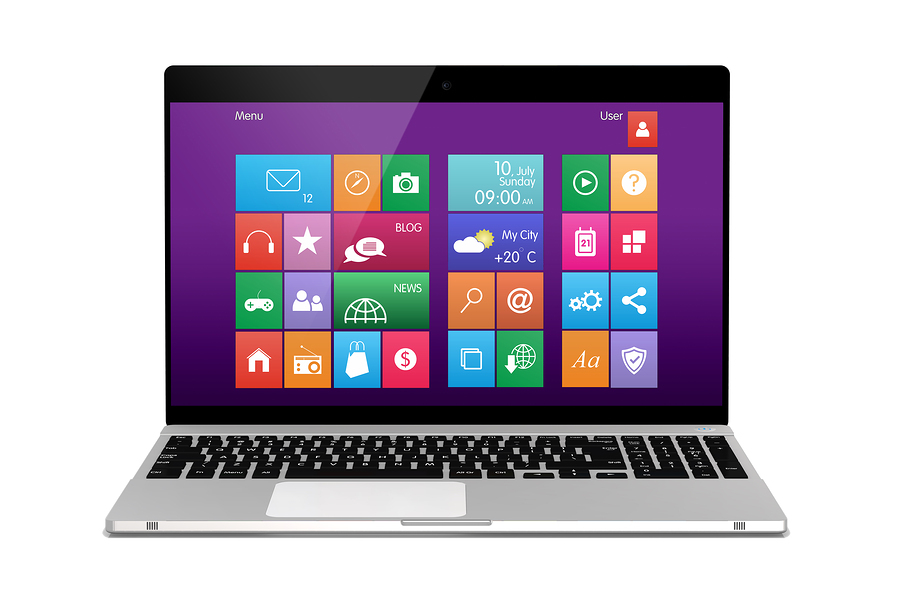 One of the latest Forrester Research reports has tackled the performance of the Windows 8 operating system, the newest Windows platform designed for greater integration and easily identified by its trademark multi-color panels.
One of the latest Forrester Research reports has tackled the performance of the Windows 8 operating system, the newest Windows platform designed for greater integration and easily identified by its trademark multi-color panels.
In order for Windows 8 to become the “Enterprise Standard,” it must hit around a 50 percent adoption rate among Windows business users by the time the next update for the system arrives.
In the individual consumer market, Windows 8 faces steep competition from iOS, Android and similar operating systems. However, many analysts are looking at the business side of the market as a better indicator for the long-term success of the new OS.
Will companies prove eager to adopt the new Windows platform, or will they stick to older versions, possibly even switching to iOS or another brand? Forrester’s study predicts that Windows 8 will remain a long way from a 50 percent adoption rate in the Windows-oriented business world by the time the first update is ready, putting it behind Windows 7 in terms of growth.
Estimates expect that, even after a year of marketing the new platform, around 60 percent of companies will continue using Windows 7, with about 26 percent upgrading to Windows 8.
Part of the problem is interoperability: To make proper use of 8, companies must purchase the latest Microsoft devices, create robust BYOD (bring your own device) strategies for tablets and smartphones, and retrain employees on how to use the latest OS. Forrester believes the time and cost will simply be too much for IT departments — a phenomenon referred to as “migration failure” — leading companies to largely ignore Windows 8 for the time being. According to a similar, recent study by Net Applications, only 3.17 percent of desktop OS traffic from all sources belonged to Windows 8 in March. This data shows a slow growth rate, but the vast majority of traffic still belongs to Windows 7 and the older Windows XP.
The Forrester report also devoted plenty of time to addressing BYOD concerns in light of these slow adoption rates. What happens when employees come in with Windows 8 on their devices while the company is still using Windows 7? Enterprise use of Windows remains strong, but now companies need to juggle multiple generations that include features which are not always compatible. The challenge will lead to more advanced business policies regarding mobile devices, mobile security and formatting issues.
Competitors to the new OS include Google with its Android and Chrome offerings, as well as Apple with its very unified iOS system over iPhones, Macs and iPads. While Windows remains popular among enterprises, the slow adoption rate could leader to greater diversity in software choices. This could make cloud-based services that can be used via any platform even more important for smooth business operations in the future.
[cf]skyword_tracking_tag[/cf]






No Comment